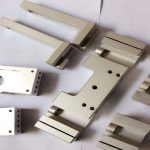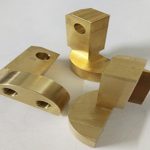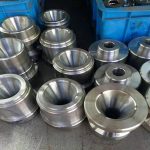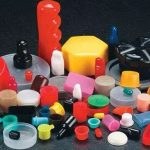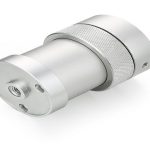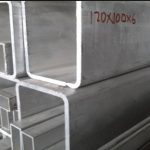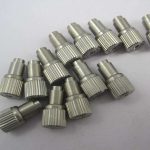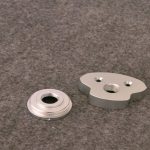The insulating treatment of the electroplating hanger can concentrate the current in the electroplating process on the parts, speed up the deposition speed, and save metal materials and power consumption at the same time. During the deplating and pickling of the hanger, the corrosion of the hanger can be reduced and the service life of the hanger can be prolonged.
For materials used in insulation treatment, it is required to have chemical stability, heat resistance, water resistance, insulation, mechanical strength and bonding force, strong bonding force, high mechanical strength, and removable coatings.
Pre-treatment should be carried out before insulation, that is, remove the burrs and welding scale on the hanger, and level the concave and convex parts. Apply compressive stress to poles, hooks, etc. to extend the life of the hanger.
Bandaging
Generally, a polyvinyl chloride plastic film tape with a width of 10-20mm and a thickness of 0.3-1mm is used, and the parts of the hanger that need to be insulated are bandaged from bottom to top. Tighten the insulating tape and slowly rotate the hanger when wrapping, press the seam of the first layer when wrapping the second layer, and finally tie it with a metal wire. The hook can also be covered with a PVC plastic pipe sleeve of appropriate size, leaving only the parts that need to be in contact with the parts.
The insulation method of wrapping with polyvinyl chloride film is commonly used in electroplating production, but there is always some gap between the plastic film and the hanger during the wrapping process, and the plastic is easy to expand and contract with heat, and the solution is easy to remain inside. , And make the solution between the processes contaminate each other, so the
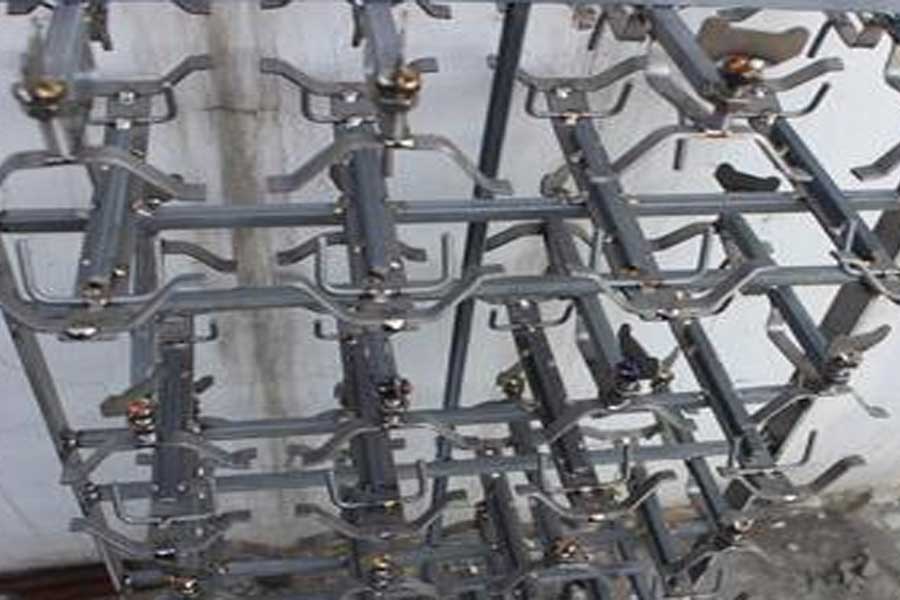
Dip coating
The hanger should be degreasing, etched and dried before dipping, and then dipped or painted a layer of anti-corrosion insulating paint on its surface. After the paint film is completely dry, use a knife to scrape off the paint film on the part of the hook that needs to be in contact with the part. Commonly used insulating materials include perchloroethylene, polyvinyl chloride, polystyrene, polyethylene anticorrosive varnish, acid and nitrate resistance, etc.
Perchloroethylene anticorrosive varnish method: remove oil stains and oxides on the surface to improve the bonding force between the paint layer and the hanger. Then immerse the clean and dry hanger in perchlorovinyl anticorrosive varnish (G52-2), attach a layer of varnish to the part of the hanger that needs to be insulated, and then place it in the air to dry for 10-20 minutes, when the first layer of paint film is dry After that, dipping is repeated, and the number of coatings is related to the electroplating process, generally 5 to 10 times. When the paint film is completely dry, use a knife to remove the paint layer on the part of the hook that needs to be in contact with the part. This insulation treatment method is relatively simple. The perchloroethylene anticorrosive varnish has good chemical stability and can withstand acids and alkalis, but its heat resistance is not ideal, and it is generally only suitable for conditions below 80°C.
The performance and temperature conditions of polystyrene are similar to those of perchloroethylene, but the alkali resistance is poor, and the binding force is not ideal.
Polyvinyl chloride coating has good acid resistance, alkali resistance, heat resistance and abrasion resistance. It is suitable for occasions where the temperature is high or is susceptible to collisions.
Neoprene rubber has all the advantages of polyvinyl chloride coating of acid resistance, alkali resistance, and high temperature resistance. It does not fall off and has a strong bonding force. It can be dried naturally after application, or it can be heated and dried.
Boiling vulcanization
Remove the oil and rust from the hanger, heat it to about 250℃, and immediately put it into a special vulcanizing bucket. Use the residual heat of the hanger itself to make the plastic powder adhere and plasticize on the hanger to form a Uniform film. Then take it out and cool it in water (to avoid long-term heating and aging of the plastic). If the thickness of the plastic film is not enough after one vulcanization, the hanger can be put back into the oven, and the vulcanization treatment can be performed again after heating to 250°C. If the residual heat of the hanger after vulcanization cannot plasticize the adhered plastic, it can be kept in the oven for a while, and then taken out to cool. The parts of the hanger that need to be conductive can be gently scraped off with a knife. In order to make the plastic coating uniform, the hanger should minimize the edges and corners, welding slag and complex bending deformation. Due to the high temperature during plasticization, brazing is required for the hanger.
To obtain insulating layers of different colors, 0.5% of phthalo blue, chrome yellow, iron red and other pigments can be added to the polyethylene plastic powder to replace carbon black. The working conditions of boiling vulcanization are: heating to 250~300℃; plasticizing temperature 220~225℃; plasticizing time 8 min; other commercially available insulating materials can also be used.
Link to this article: How to insulate the plating rack?
Reprint Statement: If there are no special instructions, all articles on this site are original. Please indicate the source for reprinting:https://www.cncmachiningptj.com/,thanks!
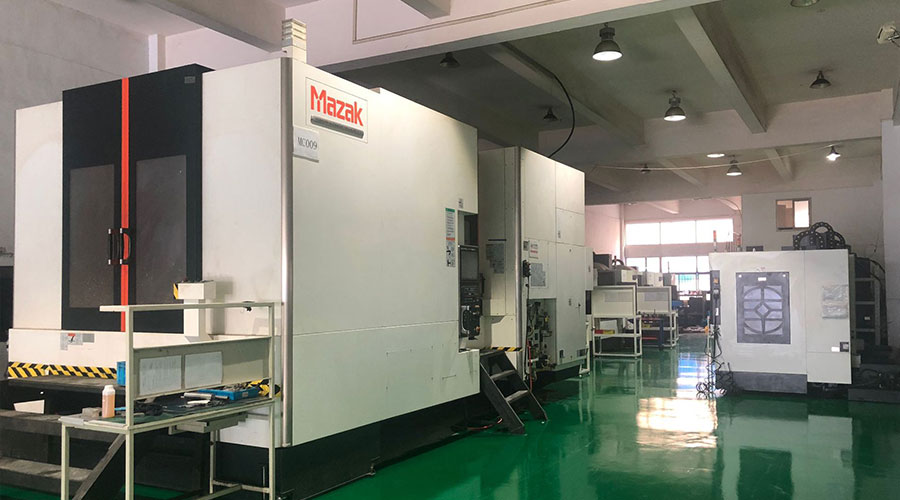 Sheet metal, beryllium, carbon steel, magnesium, 3D printing, precision CNC machining services for heavy equipment, construction, agriculture and hydraulic industries. Suitable for plastics and rare alloys machining. It can turn parts up to 15.7 inches in diameter. Processes include swiss machining,broaching, turning, milling, boring and threading. It also provides metal polishing, painting, surface grinding and shaft straightening services. The production range(include aluminum die casting and zinc die casting) is up to 50,000 pieces. Suitable for screw, coupling, bearing, pump, gearbox housing, drum dryer and rotary feed valve applications.PTJ will strategize with you to provide the most cost-effective services to help you reach your target,Welcome to Contact us ( [email protected] ) directly for your new project.
Sheet metal, beryllium, carbon steel, magnesium, 3D printing, precision CNC machining services for heavy equipment, construction, agriculture and hydraulic industries. Suitable for plastics and rare alloys machining. It can turn parts up to 15.7 inches in diameter. Processes include swiss machining,broaching, turning, milling, boring and threading. It also provides metal polishing, painting, surface grinding and shaft straightening services. The production range(include aluminum die casting and zinc die casting) is up to 50,000 pieces. Suitable for screw, coupling, bearing, pump, gearbox housing, drum dryer and rotary feed valve applications.PTJ will strategize with you to provide the most cost-effective services to help you reach your target,Welcome to Contact us ( [email protected] ) directly for your new project.
Link to this article:How to insulate the plating rack?
Reprint Statement: If there are no special instructions, all articles on this site are original. Please indicate the source for reprinting:Tungusten,Thanks!^^

